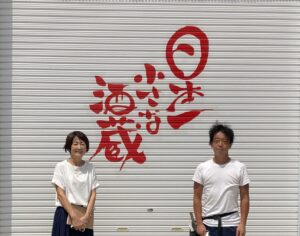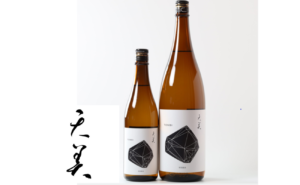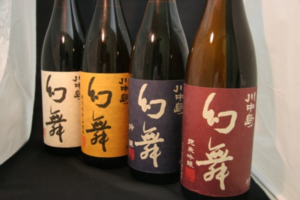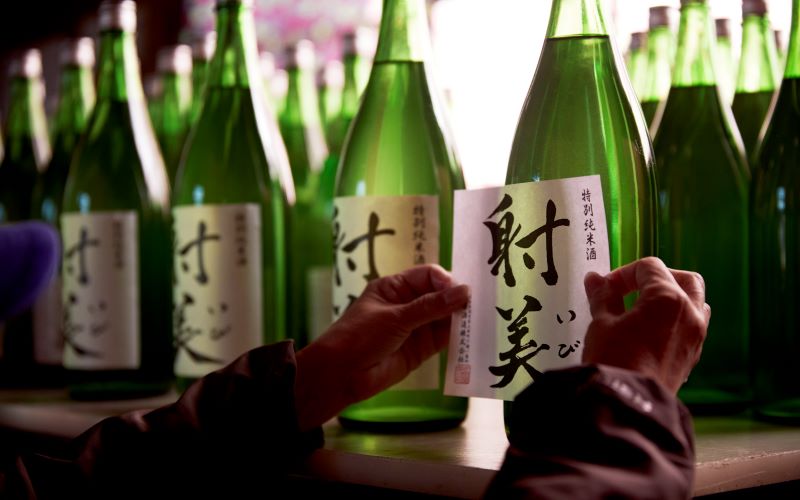
IBI is brewed in Ibi-gun, Gifu Prefecture.
Contents
Where the name IBI came from
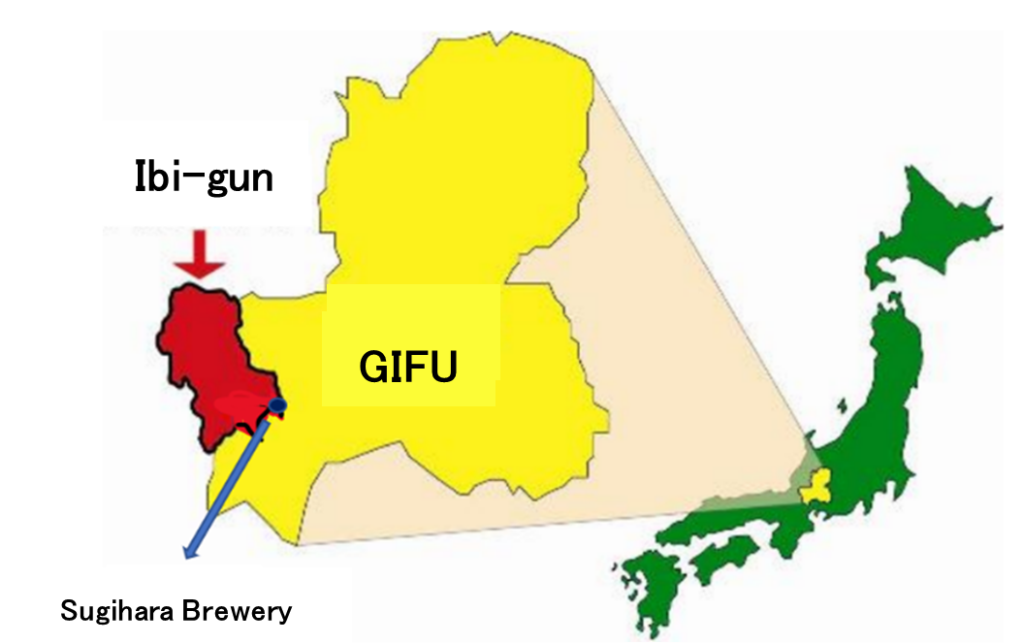
Ibi-gun is the westernmost district in Gifu Prefecture, which is located almost in the center of Japan. It is bordered by Fukui Prefecture to the north and Shiga Prefecture to the west, with rivers flowing through the mountains at 1,200 to 1,300 meters in elevation and emptying into the Ibi River.
The Sugihara Sake Brewery in Ibi-gun has been brewing a sake called IBI (揖斐), named after the place. But the kanji characters derived from the local place were too unfamiliar to read.
Therefore, Mr. Sugihara, the head of the brewery, combined two words, the name of the region, and "Ibi 射美", with the same pronunciation but different meaning: to shoot (brew) delicious (美味しい) sake. That is where the name, IBI, came from.
As Mr. Sugihara wants to brew sake with a local flavor, he uses Ibi River subsoil water and "Ibi-no-Homare" rice, 100% local products which he contracts with farmers to grow on his own. He asked a customer he knows who has excellent handwriting to write the label to put the finishing touches on his "local sake”.
Unique back labels
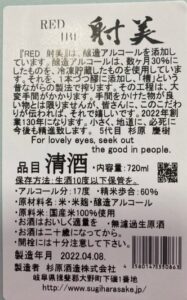
For a while after he launched IBI, it did not sell at all.
Even when he went around selling the product, there was little conversation between liquor stores with no opportunity to convey the feelings of the brewer. So, he decided to put himself in the customer's shoes and write short sentences on the back labels that would represent the brewer’s everyday life to somehow convey the appeal of IBI to them.
The followings are from BY03 products.
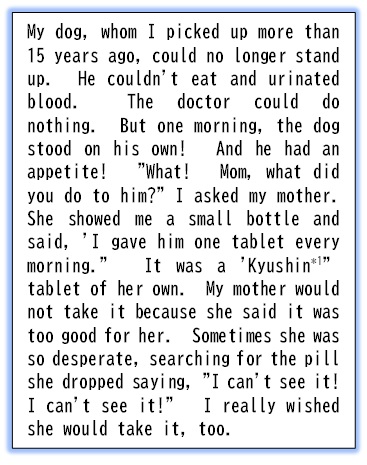
Note 1: Kyushin is a cardiotonic drug for people who feel uneasy about palpitations, or panting. The shape of the drug is a pill containing natural medicines.
Ref: KYUSHIN PHARMACEUTICAL HP
https://www.kyushin.co.jp/english/products.html
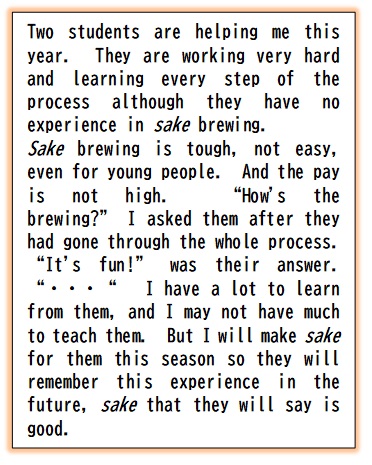
Mr. Sugihara says, "I try not to write anything that will make people feel lonely, but something interesting that will cheer up the readers."
He once wrote a four-part story across the back labels.
One reader who started from Part 3 tweeted on social media that he could not see the flow of the story because he missed Parts 1 and 2. The responses were instantly made between people who didn’t know each other, and the story was completed. It is amazing that the story is contributing to connections between people who don't know each other. Incidentally, Naoki Prize-winning author, Ms. Kyoko Nakajima, is also a fan of the back labels.
The Lineup of IBI
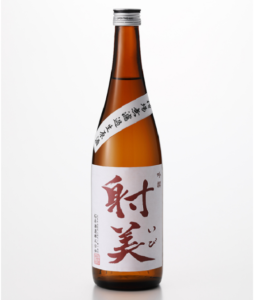
The first one is GINSEN IBI. It goes for the first shipment of the season as a sake during meals, especially Osechi cuisine*2. The season for Sugihara Sake Brewery starts with this GINSEN IBI.
It is an alcohol-added sake, brewed with Sugihara's original method of letting the brewing alcohol sit for at least one year to mellow before adding it, giving it a sharp, fruity taste.
Note 2: Osechi cuisine is food eaten on New Year's to celebrate the new year.
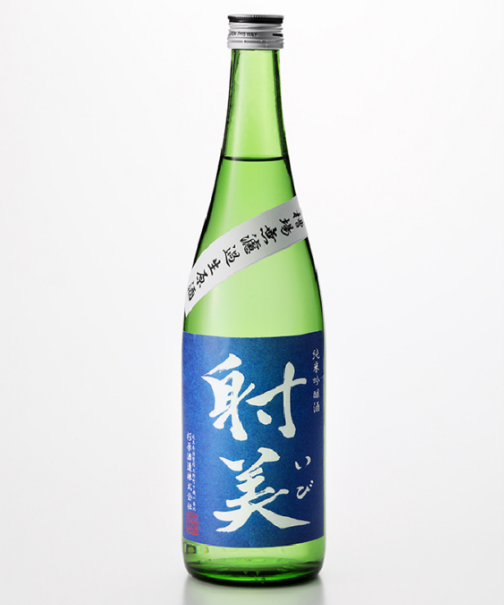
Next is the clean, easy-drinking JUNMAI GINJO-SHU IBI.
This is the one that best shows the taste of Ibi-no-Homare, the brewery's original rice suitable for sake brewing.
The series sold overseas include WHITE IBI made with white koji (Aspergillus), RED IBI (ginjo type) to which brewing alcohol is added, and the junmai type of BLUE IBI. RED and BLUE are limited editions sold only overseas.
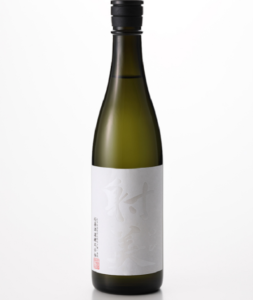
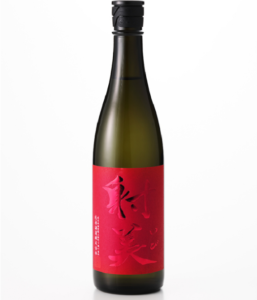
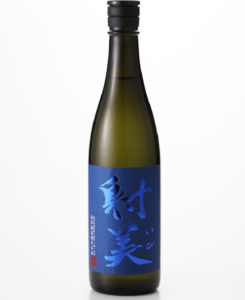
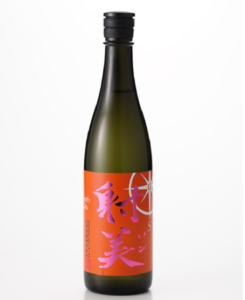
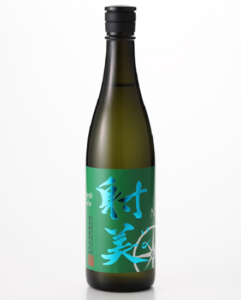
In the past, SOUTH IBI which is distributed only to distributors south of Gifu Prefecture, and NORTH IBI which is targeted to the north of Gifu Prefecture, became topical as both were conscious of Gifu Prefecture's geographical location. The flavor was created to be preferred in each region.
Other products include GOLD IBI and SILVER IBI, which are only brewed during the Olympic years. BARREL IBI is an IBI aged in wine barrels. All have very clear themes.
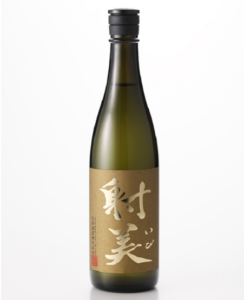
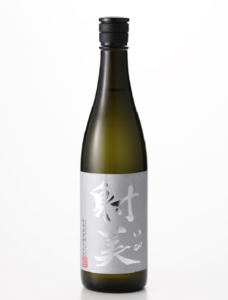
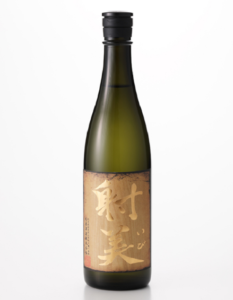
About Sugihara Sake Brewery,
the Smallest Sake Brewery in Japan
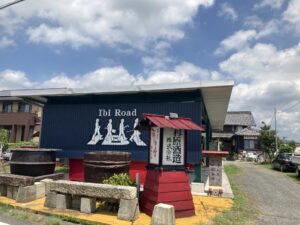
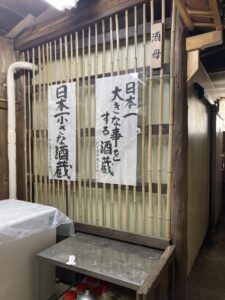
Sugihara Sake Brewery, which brews IBI, is by all accounts the smallest sake brewery in Japan. Until a few years ago, the brewery was a father-and-son duo, but now the son, Mr. Yoshiki Sugihara, brews the sake with part-time workers including students. Only 80 koku (approx. 14,000 liters) of sake is shipped (as of 2022). Mr. Sugihara says he will stick to the present volume of shipment, so he can focus on quality.
The concept that "the brewery is small, but the goal is big" may be reflected in Mr. Sugihara's commitment to sake brewing, which is rooted in his wide range of hobbies and skills.
In particular, “painting has something in common with sake brewing,” says Mr. Sugihara. Inside the brewery, many of his paintings are displayed. He has participated in and won prizes at not only local art exhibitions but also national exhibitions.
Sugihara says, "Nowadays, people prefer conceptual art and paintings, very conscious of themes. Sake brewing is no different. The artist does not reach their goal immediately. Rather they through the process of gradually creating a finished form. Some viewers may wonder in the first place, "What is this?" But as they carefully watch the painting, they begin to understand what the creator wants to convey. Just like that, I want to value and raise concepts carefully in both my paintings and sake brewing.”
As mentioned above, this commitment can be seen in the brewing alcohol added to GINSEN, the company's mainstay product. Instead of using the alcohol as-is, he bottles it and refrigerates them for at least one year to mellow it before adding it to the sake. The containers are also thoroughly chilled before adding.
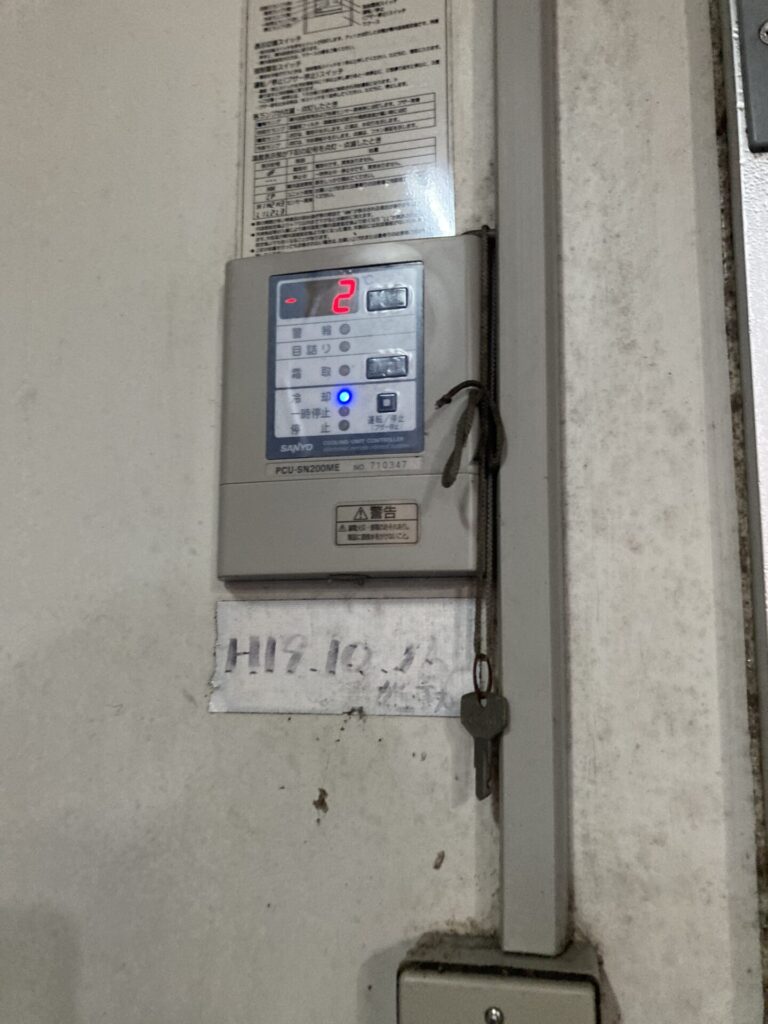
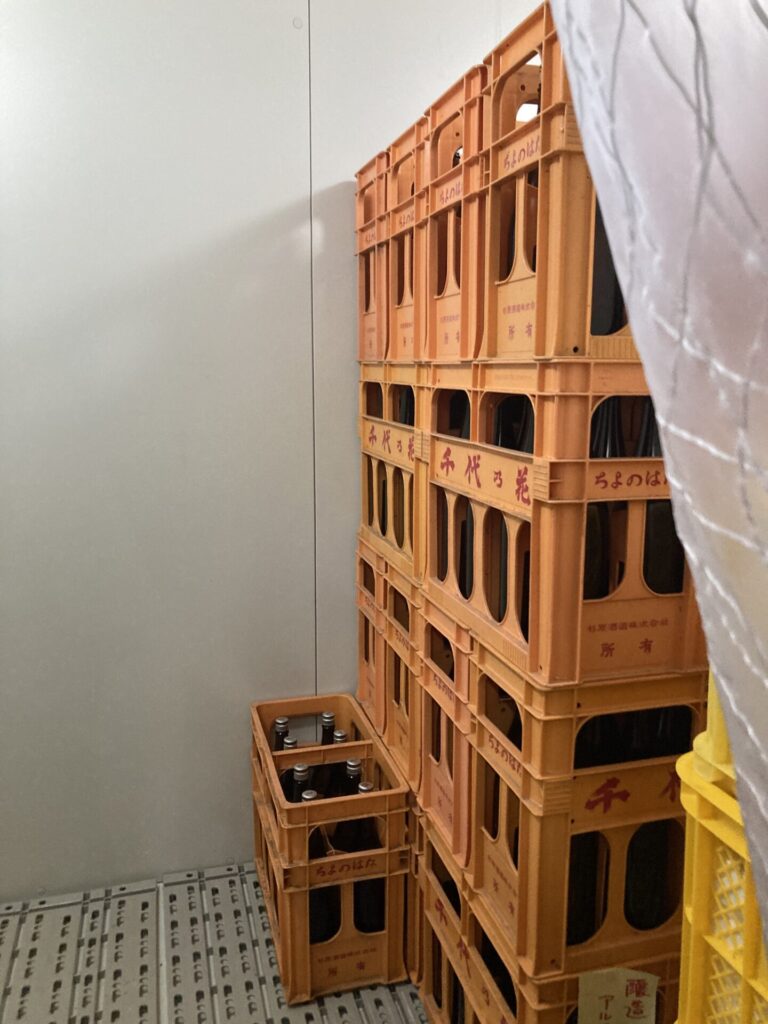
In the process of moromi (mash) making called soe (addition), the materials are added not in one large tank but rather in a smaller tank called "eda-oke (branch tank)". The reason is to keep the temperature at the optimum level without causing any sudden drops in temperature. It is totally amazing the meticulous care taken to control the temperature in places behind the scenes.
However, even the sake that Mr. Sugihara brewed with such great care didn't really sell well at first. “It was so bad that we became well known as a worst-selling brewery," says Mr. Sugihara, looking back on the past with a laugh. However, he continued sake-brewing with a positive attitude taking that "in a way, not selling well means that we are not shackled to anything. We can do what we want to do”.
What triggered the breakthrough of IBI was an encounter with one long-established distributor. The store owner pushed Mr. Sugihara’s back telling him, "make the sake you want and do what you want to do." Now, IBI became so popular as a hard-to-find sake that is sold out as soon as it is shipped.
He showed me around the brewery. Because of the small quantity of sake brewing, the brewery was so pleasantly compact that I could understand the sake brewing process at a glance.
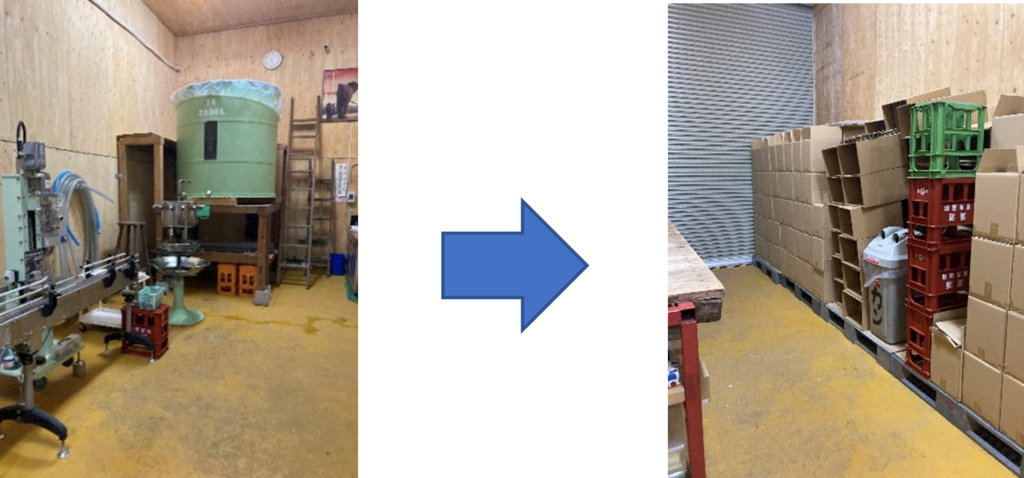
Sugihara also exports IBI though the quantity is small. And there is no compromise about export destinations. He sees them with his own eyes, rather than relying on the reputation of those around him.
Currently, he is planning to develop products using sakekasu (the white solid material that remains after pressing the mash). We can't take our eyes off his ’big’ plans for the future.
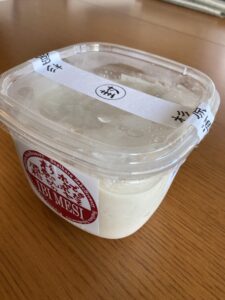
Interview Date: August 1, 2022 (Visit)
Interviewee: Mr. Yoshiki Sugihara, the 5th generation of Sugihara Sake Brewery Co. Ltd.
Image Data Presented by: Sugihara Sake Brewery
Interview Note:
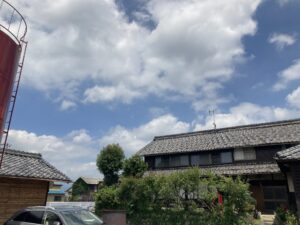
I had heard that it was the "smallest brewery in Japan," but when I arrived at my destination and looked around, I found it to be so magnificent that I could recognize it at a glance. Mr. Sugihara was repairing the roof and exterior walls of the brewery himself. So when he appeared in front of me, he looked like a carpenter? (lol) rather than a brewer. He was very friendly and willing to answer my questions.
What made me most happy during this interview was that I found the label is used not only to provide information about the sake but also as a tool to connect the brewer and the drinker. Isn't that exactly what I’m trying to do through this site ? Thank you, Mr. Sugihara!
Every year, he has a group of part-time students help him with the brewing process. And perhaps Mr. Sugihara's sweat and toil together to brew the sake was conveyed to those students. One of them impressed by the sake-brewing will join the company this year as the first employee in the 130 years since the company was founded.
GO! Good luck!
Lastly, I would like to introduce interesting paintings displayed in the brewery.
A frog painting on the theme of "Distance in Nature."
While people under the COVID-19 situation are shouting "distance, distance, distance!", this work depicts the irony that distance in the natural world is something like this.
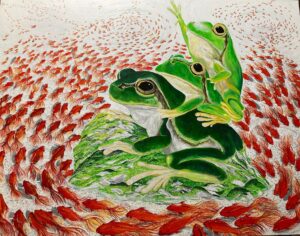
A picture of "a dignified chicken among thorns of thorns.”
Ono-cho, the hometown of the Sugihara Sake Brewery, is famous for its roses. The chicken holding its head high, chest out, even amidst the roses; could this be the Sugihara Brewery?
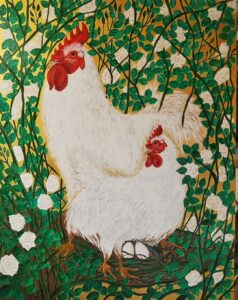
This painting depicts koji and shubo (starter culture of white color) in Noh masks, based on the theme of sake brewing.
It was exhibited at the National Art Center, Tokyo in 2022 and won the Jury's Encouragement Award. It is used as the label for the "Parallel Multiple Fermentation Chain: IBI."
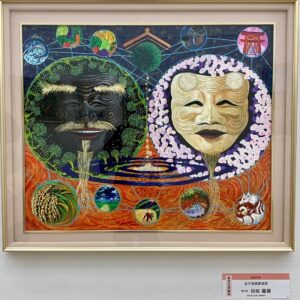
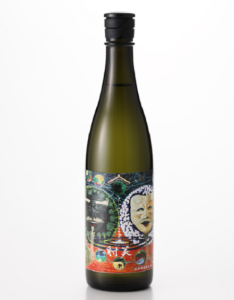
Commemorative photo at the end・・
